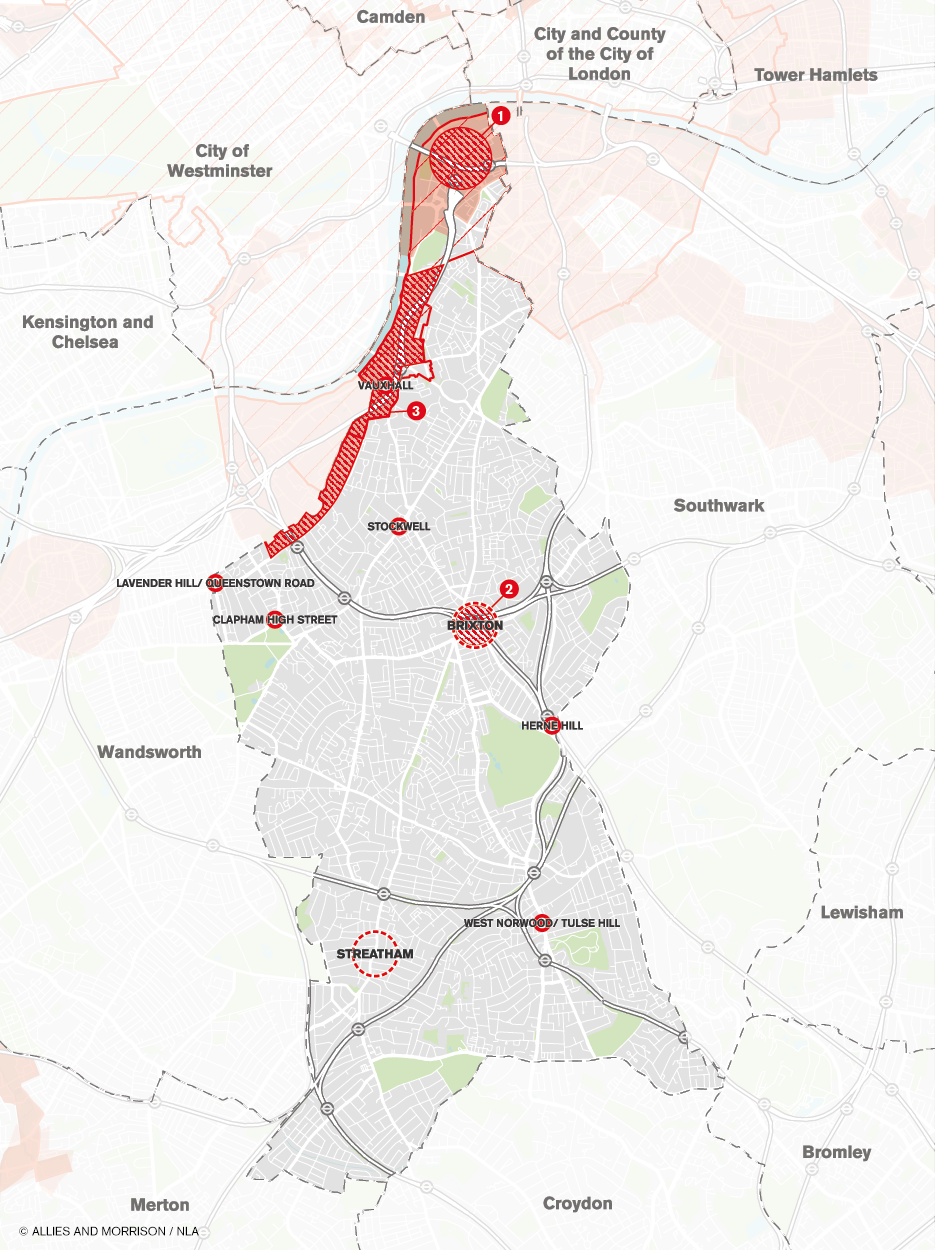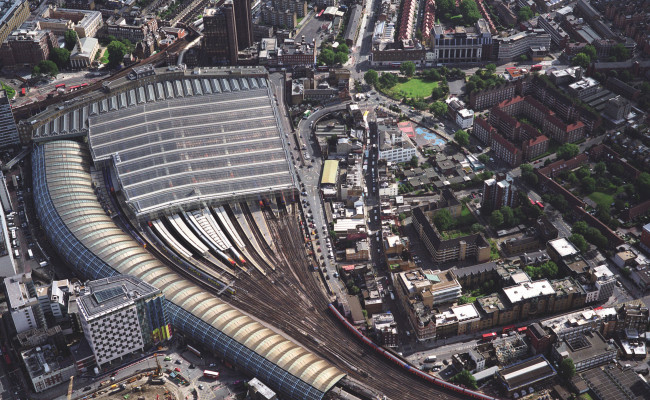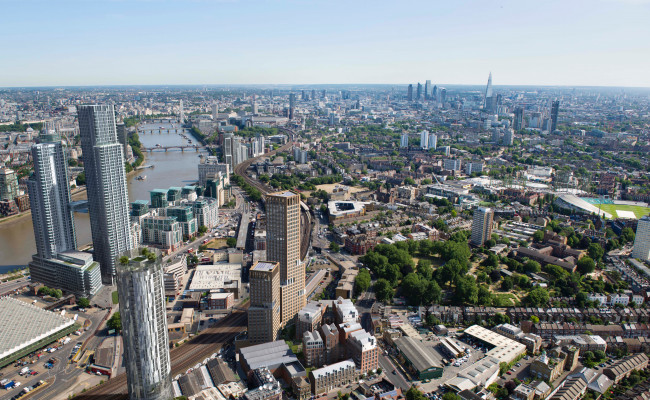

 Investment Opportunities
Investment Opportunities Opportunity Areas
Opportunity Areas Area of Intensification
Area of Intensification Central activity Zone
Central activity Zone International or metropolitan
International or metropolitan Major
Major District
District Borough Boundary
Borough Boundary Green Belt
Green Belt Metropolitan open land / Other open spaces
Metropolitan open land / Other open spaces Rail station
Rail station Railway track
Railway track Foreshore
Foreshore Water
Water
Already a global cultural and tourist destination, there’s potential for 3.5m sq. ft. of new office space. When realised, South Bank and Waterloo would overtake areas including Kings Cross and Stratford for supply of office space.
Pre-pandemic, 100 million rail passengers passed through Waterloo each year – making it the UK’s busiest rail hub. Following its £800m upgrade, train capacity is able increase by 40%.
We have already committed £10m capital funding to public realm improvements. And are set to develop a masterplan for the area, with involvement of Sir Peter Hendy.

Brixton already offers a ’15 minute city’ living experience and is home to renowned indoor markets, a growing food sector and a vibrant night time economy including bars, restaurants and live music venues.
Brixton’s burgeoning creative and tech economy has the potential to grow exponentially in the coming years through several large-scale commercial developments. The council is working with developers such as Derwent London and Hondo to make this happen. Already, some major creative and tech businesses have moved to the area including Squire and Partners, Jellyfish Pictures, and Resi.

Vast brownfield sites provide the setting for 42 development schemes across the Vauxhall, Nine Elms Battersea area to create London’s newest neighbourhood. Half of these schemes are complete, helping to deliver a target of 20,000 new homes. And with potential for 8,000 new jobs, and the arrival of the American Embassy, Apple, Penguin Random House, a new London South Bank University education campus and Storybox at Keybridge House, this is London’s fasting changing riverside district. In 2021 the Northern Line extension opened, cutting journey times to the West End to just 15 minutes.
Lambeth presents a world of opportunity for investment and growth in a post COVID world.
A world class cultural offer, world leading med-tech research, A-grade highly sustainable pipeline of new commercial buildings, and Europe’s biggest cluster of low carbon entrepreneurs.
A highly skilled young population, easy public transport, and cycle routes to relatively affordable great places to live, and rail connectivity via Waterloo into the southern home counties.
A political leadership which recognises the importance of growth to realise their vision for a fairer, greener Lambeth. And a highly skilled team drawn from the public & private sectors leading the Council’s regeneration, development, economic and investment functions.

Population projections 2021 317,891
Population projections 2050 378,842

London plan new homes (ten-year target) 13,350
Building council homes for Londoners (four-year programme) TBC
Matt Blades, Director of Economy, Culture and Skills
mblades@lambeth.gov.uk
“Lambeth is one of London’s most diverse boroughs combining iconic cultural institutions with a vast and varied business community, world-class parks and open spaces and a night-time economy linked to bustling local centres. Our priority is to ensure Lambeth emerges from the Covid-19 pandemic in a position to deliver on our commitments to residents of a fairer, safer and more sustainable borough.
Investment in Lambeth is crucial for us so that we can continue investing in our award-winning parks, leisure centres and libraries; in active travel and in transitioning to net zero, as well as supporting new jobs, skills training and new affordable homes. We want to maximise the wider benefits of new development and investment in our borough to improve the lives of everyone in Lambeth.”